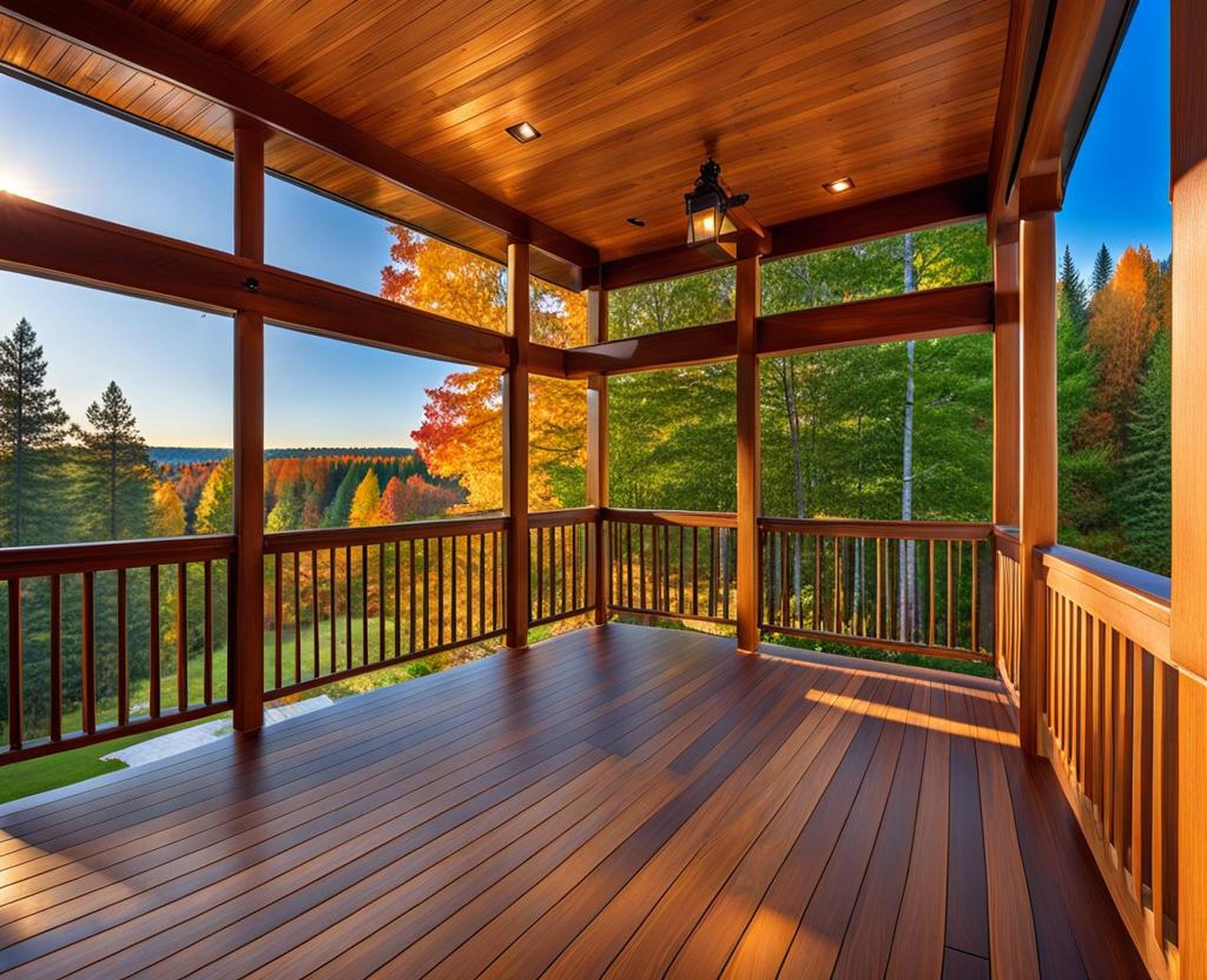If you’re wondering how to enclose the space under your deck, you’ve come to the right place. Closing in this area provides valuable protection, storage, and expanded living space. But doing it properly requires careful planning and execution. Follow these essential steps and tips for enclosing your deck flawlessly on the first try.
Determine Your Goals for the Under Deck Enclosure
First, decide how you want to use the enclosed area. Common goals include:

- Creating a covered storage space for lawn furniture, tools, seasonal items
- Adding a sheltered outdoor kitchen or living area
- Preventing animal nesting under the deck
- Increasing home value by expanding living space
Knowing your objectives will inform important decisions like material choice and access points.
Select the Right Enclosure Materials
Popular options for closing in under decks include:
- Wood or vinyl lattice – Provides partial coverage while allowing airflow
- PVC or composite panels – Affordable, low-maintenance, and customizable
- Stone veneer – Beautiful natural stone look
- Brick – Matches many home exteriors for a seamless look
- Decorative deck skirting – Wide array of colors and finishes
Consider durability, weather-resistance, and how the material complements your home’s existing aesthetics. A reputable deck contractor can recommend the best options.
Get the Proper Permits and Approvals
Depending on the extent of the project, you may need building permits for electrical, plumbing, or structural work. Also confirm with your homeowners association that your plans meet any requirements for style and colors.
Hire a Professional Deck Enclosure Company
Proper under deck framing and installation expertise is a must for long-lasting results. Don’t risk safety or wasted time and money with a DIY project.
Inspect and Prepare the Area Thoroughly
Before adding framing or materials, prep the space by:
- Checking for leaks, damage, or decayed boards
- Clearing dirt, leaves, debris with a broom and shop vac
- Removing nails, sharp edges, or anything that could puncture panels
A clean start helps the project go smoothly and prevents future pest or moisture issues inside the enclosure.
Install Sturdy Framing
Vertical and horizontal framing provides essential support for attaching and securing enclosure panels. Leave framing gaps where you plan to include gated access points.
Measure Precisely for a Custom Fit
Avoid unsightly gaps by taking careful measurements of the under deck space. Factor in any slope or unevenness. Professionals use laser measuring for precision.
Attach Panels and Skirting Securely
Following manufacturer instructions, fasten panels tightly into the framing using galvanized screws. Most panels overlap for weather protection. Use heavy-duty skirting around the outer perimeter.
Include Convenient Access Doors
Install hinged doors or removable panels in strategic spots. This allows easy access for storage, maintenance, and cleaning without having to remove enclosure sections.
Add Finishing Touches to Complete the Look
Paint or stain the enclosure to match your home siding and trim for a cohesive aesthetic. You can also get creative with decorative latticework, trim, lighting, or tile backsplash if under deck will be an outdoor living space.
With your deck properly enclosed, you can take advantage of valuable new space safe from weather and critters. Tidy up storage, create an outdoor hangout, or expand your living quarters.
By planning thoroughly, using quality materials, and hiring professionals, you’ve executed a deck enclosure to be proud of for years to come. Time to put that new under deck space to good use!
